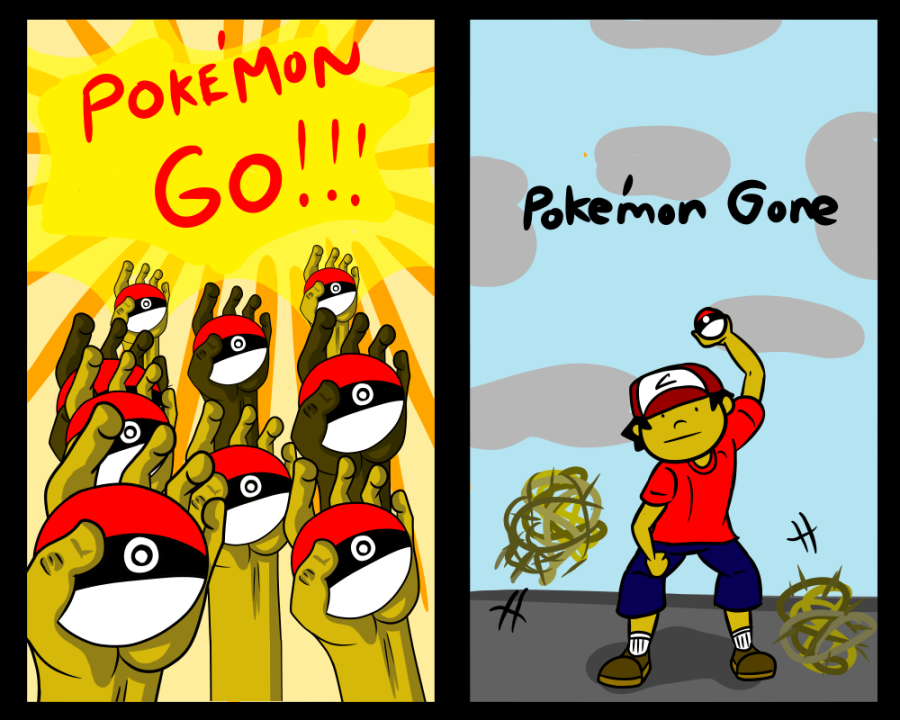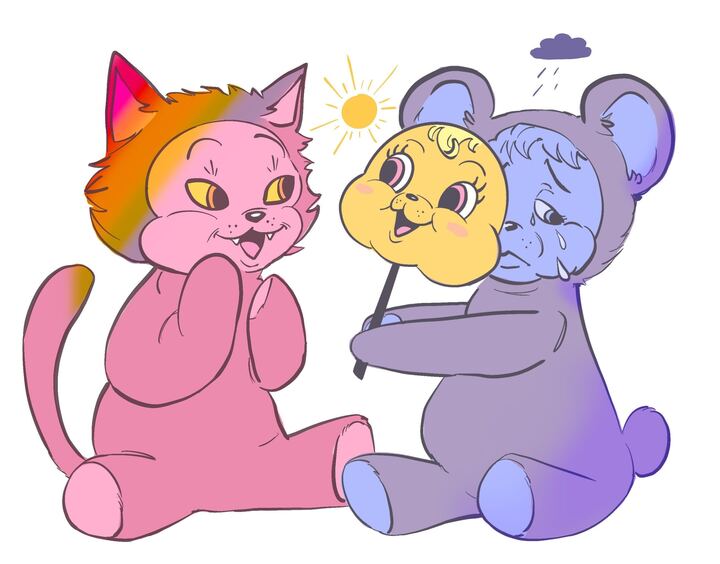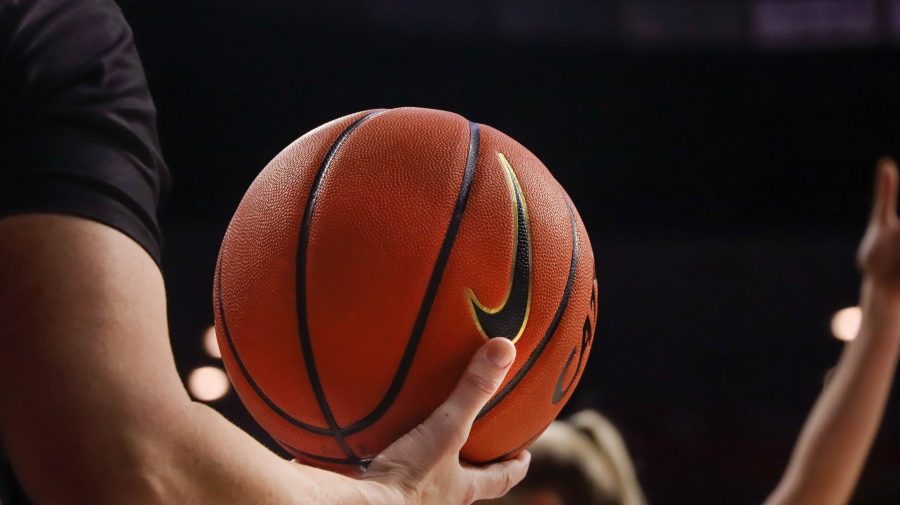It had an incredible rise but, just as quickly as it rose, Pokémon Go is starting its steady fall in popularity.
On July 6, Pokémon Go launched to the long-awaiting and anticipatory public. Everyone knew about the app even if they weren’t playing. Based off an infographic made by Touchstone Research, Pokémon Go became the top grossing app in the U.S. in 13 hours.
The game would also go on to attract approximately 21 million users and four to five million downloads a day. With the app’s launch, other companies are turning their attention into developing their own augmented reality technologies.
Hearing from different people that the app was now online and available on the App Store to the public, I was excited to test the app as well. Imagine my disappointment when I was greeted with the screen that told you the servers were down my very first time trying to play.
Pokémon Go did bring many positive responses with its launch, though.
RELATED: The 7 habits of highly effective Pokémon Go Trainers
People could visit unfamiliar places when walking to PokéStops. For some businesses, the app attracted many customers to its establishments, allowing for promotions and discounts for Pokémon Go players.
It presented the chance for players to socialize by creating common ground to start a conversation, whether it was about what team they joined or where that Onix was. While playing, a woman explained to me that turning the AR — augmented reality — setting off would make it easier to catch Pokémon.
I reconnected with some old friends while joining thousands of other players on Mill Avenue in Tempe to play Pokémon.
With Pokémon Go’s prolific success and the positive outcomes it has spurred, I started to notice something after a month and a half of its release. Suddenly, the buzz around the game started to dissipate significantly.
I had a feeling that with the explosive popularity Pokémon Go had achieved, the excitement that followed might be short-lived. The first sign was when I initially opened the app and couldn’t even play due to crowded servers. Even when you had already made it into the server, the game would crash multiple times, often during a catch.
Many times the game wouldn’t restart until several hours passed or until players restarted their phones. These were the most common problems for those who played. For a while, the problems weren’t fixed.
Considering how popular the Pokémon franchise is, the problems probably should have been better managed. At the same time, I couldn’t completely blame Niantic for being unprepared when they first put the server online for users, though in the weeks that followed Pokémon Go’s release, I believe many players started to wonder if they should start to blame Niantic after some of the controversial updates the company added.
On July 30, Niantic released a new update that did something that made many players upset. The updates included resetting a player’s progress to level one and completely taking away the footsteps function. This doesn’t sound like an update anyone would want, right?
Niantic explains that the first issue was due to the user holding two accounts, an acceptable explanation. When they went to solve the glitches in the footsteps function, its solution was to completely remove it, taking away what had been, up to that point, an essential part of Pokémon Go.
App intelligence companies such as Survey Monkey, Sensor Tower and Apptopia saw a downward trend in multiple regions of the world that were playing Pokémon Go. Senior analyst Victor Anthony from the brokerage firm Axiom Capital Management expressed that Pokémon Go would most likely continue that downward trend.
With the app releasing just a few months ago, those who are still playing should hold out hope to see more updates. Even with the downward trend, I don’t think Pokémon Go is going to be completely irrelevant, ever — not with it spurring the development of more augmented reality technology that positively affects us, just like Pokémon Go does.
That’s something we can all be thankful for in the future.
Follow Annetta Nit on Twitter.









